calsfoundation@cals.org
Altus (Franklin County)
| Latitude and Longitude | 35°26’46″N 093°45’45″W |
| Elevation: | 541 feet |
| Area: | 1.89 square miles (2020 Census) |
| Population: | 665 (2020 Census) |
| Incorporation Date: | August 31, 1888 |
Historical Population as per the U.S. Census:
|
1810 |
1820 |
1830 |
1840 |
1850 |
1860 |
1870 |
1880 |
1890 |
1900 |
|
– |
– |
– |
– |
– |
– |
– |
224 |
469 |
500 |
|
1910 |
1920 |
1930 |
1940 |
1950 |
1960 |
1970 |
1980 |
1990 |
2000 |
|
659 |
709 |
595 |
541 |
431 |
392 |
418 |
441 |
433 |
817 |
|
2010 |
2020 |
|
|
|
|
|
|
|
|
|
758 |
665 |
|
|
|
|
|
|
|
Altus (Franklin County) was incorporated on August 31, 1888. Railroad authorities had named their railhead Altus, from the Latin for “high,” because it was the highest point on the Little Rock and Fort Smith Railroad. The town is known today as the center of wine making in Arkansas.
Louisiana Purchase through Early Statehood
A Frenchman named Jean Baptiste Dardenne had a claim made on his behalf in June 1814 for 640 arpents (approximately 544.45 acres) in the area. In 1819, the U.S. government ordered the white settlers out of the area, giving the Cherokee exclusive title to the territory lying between the White and Arkansas rivers. However, a treaty in 1828 removed the Arkansas Cherokee to Indian Territory (present-day Oklahoma).
On December 19, 1837, Franklin County was formed from a portion of Crawford County, and the courthouse was moved to Ozark. By 1850, there were three recorded settlers of note in the Altus area: Marcus Hogan, Jimmy Cruisin, and William Hellens. On April 28, 1875, Hogan township was formed in honor of Marcus Hogan.
Civil War through Reconstruction
The Altus area, like the rest of the state, was devastated by the Civil War, especially the depredations of guerrilla warfare. It took years for the population to overcome the hunger and poverty. Farming was not productive enough to keep families wholly fed and clothed. When large-scale coal mining began in the area in 1873, the mine owners found many willing workers in the Altus area. The major coal-producing mines were not within the Altus city limits but were important to the economy of the area.
Work on the railroad and in the coal mines attracted Swiss and German immigrants, who found in Altus a topography similar to their homelands. In 1872, Jacob Post immigrated to the United States from Baden-Baden, Germany. Failing to successfully grow grapes in Illinois, he searched for another location. He was told by monks from Subiaco Abbey that Arkansas had the ideal climate for growing grapes. Post settled in the hills near Altus and began planting vineyards. He began selling wine to the coal miners and railroad workers, as well as other immigrants, who were accustomed to having wine with their meals.
In 1874, the original Altus passenger train depot was built about a quarter mile east of its present location. It was the terminus for the Little Rock and Fort Smith Railroad Line for about two years. When Uriah J. Nichols surveyed Altus town lots, he offered the railroad an alternate depot site, and it was moved to its present location. Today, it serves as a community center and is listed on the National Register of Historic Places. In 1875, Nichols also constructed the first house of record within Altus city limits, and he built a mill and cotton gin in 1877.
By 1875, many of the churches were already meeting in loosely organized, informal settings. The local Methodist Episcopal Church, South, was organized by the Reverend C. H. Gregory, and its frame building was constructed in 1887. The Christian church was organized in July 1888 by F. B. Srigley. In 1887, the Missionary Baptist church was organized by J. M. Lawrence, A. S. Pettie, and R. M. Small. On November 21, 1879, Father Beatus Maria Ziswyler of Little Rock (Pulaski County) organized Our Lady of Perpetual Help, St. Mary’s Catholic Church, on Pond Creek Mountain. The church’s original frame building, which had an onion-shaped belfry, was constructed in 1881 at a cost of $1,000. The present Catholic church, dedicated on September 2, 1902, is built of native stone quarried nearby. It is listed on the National Register of Historic Places.
The first post office was established in 1875. On October 31, 1876, the Reverend Isham Lafayette Burrow, a Methodist minister, built Central Collegiate Institute. It was renamed Hendrix College and was moved to Conway (Faulkner County) in 1890.
Post Reconstruction through the Gilded Age
In 1880, Wiederkehr Winery was established in an underground cellar built by Johannes A. Wiederkehr. That cellar today houses the Weinkeller Restaurant and is listed on the National Register of Historic Places.
By 1882, the Agricultural Wheel organization had a considerable influence in the Altus area. In 1883, The Altus Albion, was founded by R. C. Hill. On August 31, 1888, Altus incorporated under Mayor S. D. Price.
Burrow established another college in Altus in 1890, naming it Hiram and Lydia College after his mother and father. That college thrived until Burrow retired in 1906. The Altus school system purchased the building and began holding classes there.
Early Twentieth Century
In the early 1900s, the German American Bank opened with H. L. Hembrey as president and J. J. Sax as vice president. During World War I, due to anti-German sentiment, the bank’s name was changed to the Bank of Altus. The bank closed in 1918, and the building became a post office. It now functions as the Altus Heritage House Museum.
In March 1919, a tornado struck Altus, damaging many buildings and demolishing at least two houses, one church, and one business. On July 10, 1922, a fire swept through the business district, burning four stores and damaging five others. It took until 1929 to rebuild the town. In 1927 and 1928, a Chicago millionaire, J. H. Jacobson, bought seven farms on Pond Creek Mountain to build summer cabins for his wealthy friends. However, the Depression left him without assets.
On May 15, 1936, the last passenger train departed Altus. The last major coal mine was shut down by 1940.
World War II through the Modern Era
In 1944, Dr. E. W. Pillstrom, also Franklin County coroner, opened Altus’s only hospital, which functioned until his death in 1956. His wife, Mary Pillstrom, a registered nurse, operated a nursing home in the building until 1978.
In 1984, 12,000 acres in the Altus area received the official federal designation of American Viticultural Area, and the Altus Grape Festival was revived as an annual celebration. The festival takes place in the Altus City Park. Wiederkehr, Post, Mount Bethel, Chateau Aux Arc, and Sax wineries are still producing in the area.
In 1998, a commemorative bronze statue of a coal miner was unveiled in the Altus city park with the names of miners who worked in area mines listed on adjacent black granite columns. The Altus Veterans Memorial lists the names of Altus area soldiers on a black granite monument.
In 2001, socialites Paris Hilton and Nicole Ritchie arrived in Altus to begin filming one of the first reality shows for television, The Simple Life. Living with the Leding family, the girls tried to become farm hands and then attempted to work regular jobs but were incompetent at everything. The pair tried other reality formats, but none was as successful as the one filmed in Altus.
The Altus-Denning School District was closed in 2004 and consolidated with the Ozark School District.
Famous Residents
Charles “Boss” Schmidt, who was born near Altus and worked in the coal mines as a young man, played six seasons with the Detroit Tigers, from 1906 to 1911. He eventually became the Tigers’ starting catcher, and they won three consecutive American League pennants from 1907 to 1909. After he left baseball, Schmidt returned to the coal mines in Altus for a while but soon returned to the minors, where he was a coach and manager. He died in 1932 in Altus and is buried at St. Mary’s Cemetery atop Pond Creek Mountain. When the Tigers organization heard that he did not have a permanent grave marker, it arranged for his grave to be properly marked with a granite stone in 1970.
Janice Holt Giles, born in Altus, was a popular and prolific autobiographer and author of historical fiction. Her sixth novel, The Plum Thicket, was set in Arkansas. State Representative Florence McRaven grew upon in Altus.
For additional information:
Canady, Virginia. Altus, Arkansas: 100 Years of History, 1888–1988. N.p.: 1988.
Goodspeed’s History of Franklin County. Chicago: Goodspeed Publishing Company, 1889.
Shropshire, Lola. Franklin County. Charleston, SC: Arcadia, 2000.
Lola Shropshire
Fort Smith Museum of History
 Altus Wineries Sign
Altus Wineries Sign 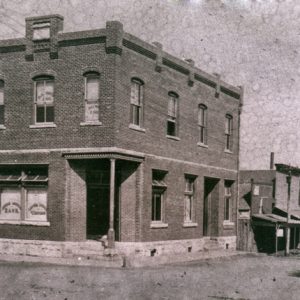 Altus American Bank
Altus American Bank 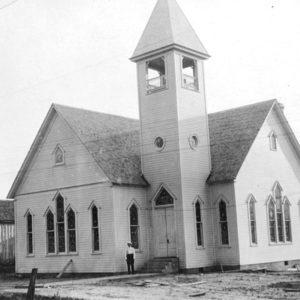 Altus Church
Altus Church  Altus Depot
Altus Depot  Altus Grape Festival Grape Stomping
Altus Grape Festival Grape Stomping 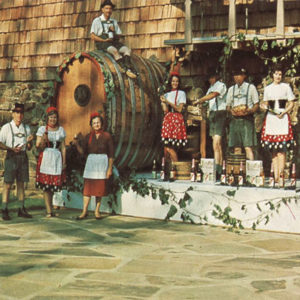 Altus Grape Festival
Altus Grape Festival 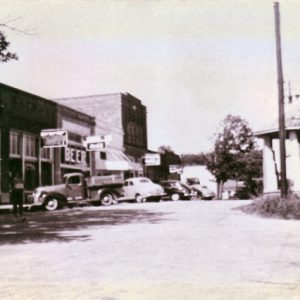 Altus Street Scene
Altus Street Scene 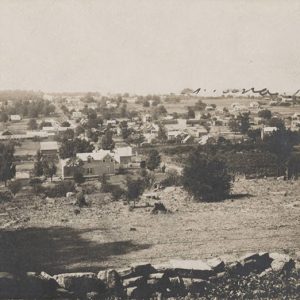 Altus View
Altus View  Arkansas River Valley
Arkansas River Valley 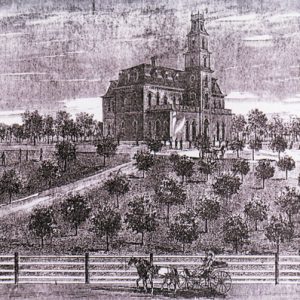 Central Collegiate Institute
Central Collegiate Institute 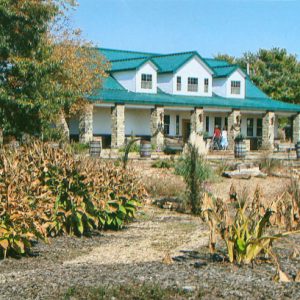 Chateau Aux Arc Vineyards and Winery
Chateau Aux Arc Vineyards and Winery  Coal Miners Monument
Coal Miners Monument  Franklin County Map
Franklin County Map  Miner Memorial
Miner Memorial 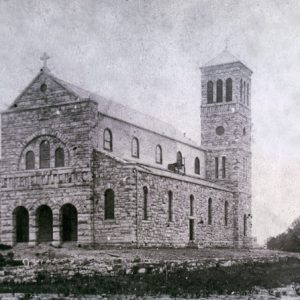 Our Lady of Perpetual Help
Our Lady of Perpetual Help 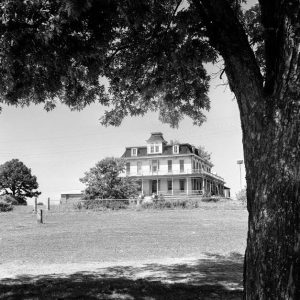 Saint Mary’s Catholic Church
Saint Mary’s Catholic Church 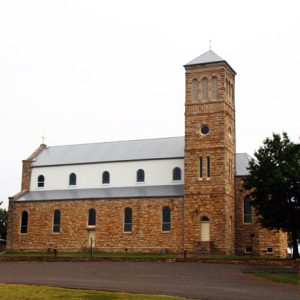 Saint Mary’s Catholic Church
Saint Mary’s Catholic Church  Charles Schmidt
Charles Schmidt 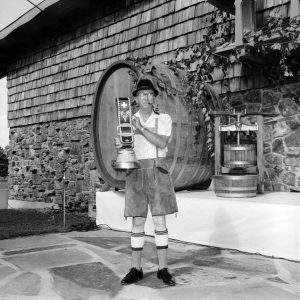 Herman Wiederkehr
Herman Wiederkehr 




By 1862, depredation by bushwhackers was prevalent throughout the Altus area. Although many young men fought in the war; soldiers were only some of wars casualties. In the absence of able-bodied men, the remaining family members were often left defenseless. The bushwhackers who preyed upon them alternated allegiance to either side to suit their purposes. As if the war were not savage enough, the bushwhackers robbed and murdered those who could least resist them. Not only were the citizens in physical danger, but it was almost impossible to grow, tend, and consume their own crops. At harvest time, bushwhackers took whatever they wanted. The families fared no better with the cattle, pigs, and chickens they raised. When the bushwhackers stole the familys last plow horse and the family had to use the milk cow for plowing, it was not long before the cow was gone, too. Finally, Union and Confederate armies began to flush out bushwhackers and prosecute them. Some were shot on sight, and others were hanged. A few fought for their lives, usually unsuccessfully, in a court of law. Civilians in the Altus area considered it all to be part-and-parcel of the war. Years later, descendants of Henrietta Hogan Page, who was a child during the war, remembered her talking about the war. Henriettas father, Marcus Hogan, who was in his late 70s, had his feet burned on two occasions by bushwhackers who were trying to convince him to reveal the location of his food staples and gold. Bushwhackers then sometimes hanged their victims. The hanging of Marcus Hogan was unsuccessful because his daughter, Tennessee Hogan Covert, cut the rope and saved his life. Marcus, despite being tortured in his old age, survived the Civil War by several years, and survived the majority of his 19 children.